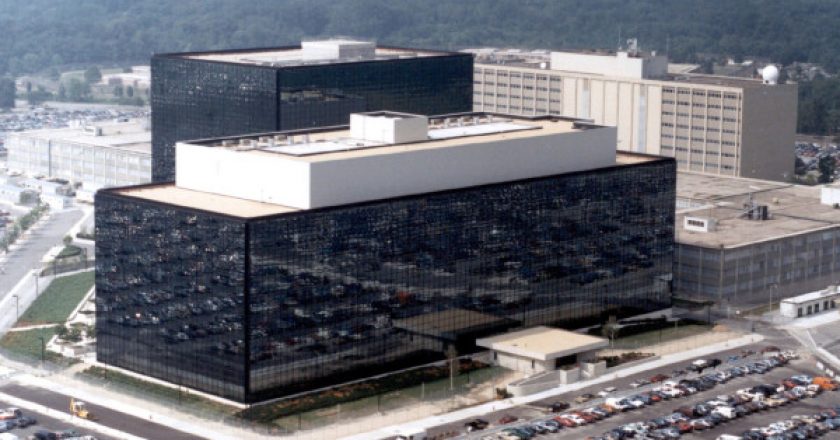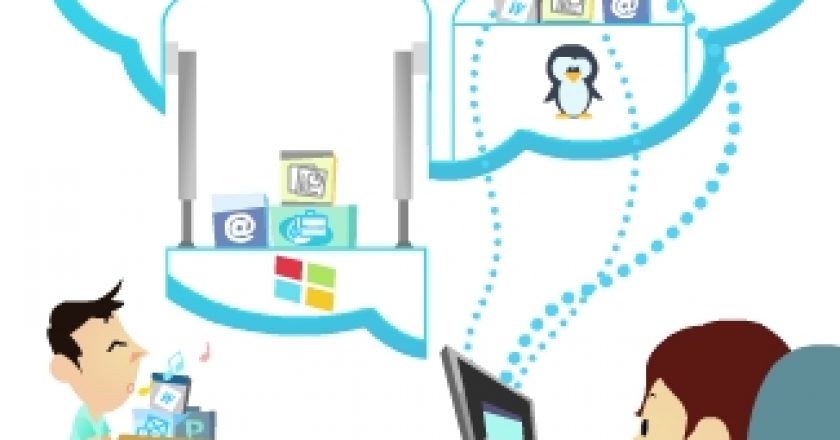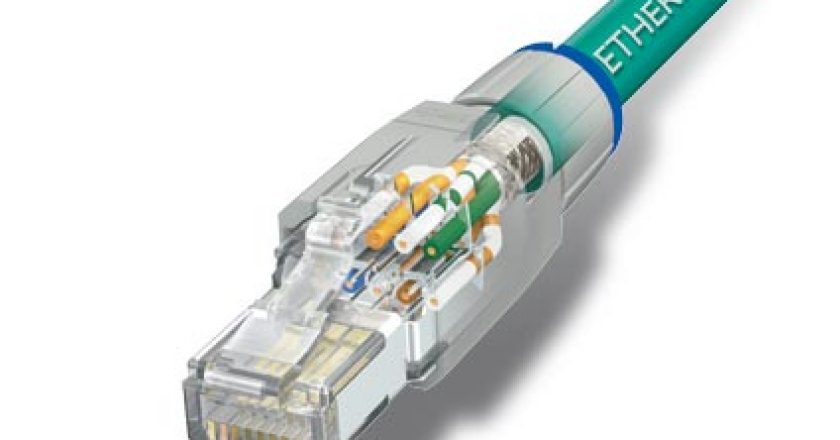Kicking off an initiative to better bridge cloud services with its own software, Oracle has released an adapter that allows organisations to copy data between their Salesforce.com accounts and Oracle software.


Kicking off an initiative to better bridge cloud services with its own software, Oracle has released an adapter that allows organisations to copy data between their Salesforce.com accounts and Oracle software.

U.S. President Barack Obama called for changes to National Security Agency surveillance, with new privacy advocates assigned to a surveillance court and a transition away from a controversial telephone records collection programme in the U.S.

IBM today announced plans to commit $1.2 billion (£730 million) to expand its global cloud footprint through a number of new data centres set to open this year.

Despite experiencing a slower-than-anticipated year, the Saudi Arabian IT services market posted healthy year-on-year growth of 11.3% in 2012, according to the latest insights from IDC.

Digitalisation – the third era of enterprise IT – has begun, but most CIOs do not feel prepared for this next era, according to a global survey of CIOs by Gartner.

2X Software has announced it has released its 2X ApplicationServer XG version 11 in the Middle Eastern markets.

Anthony Perridge, EMEA Channel Director, Sourcefire asks: Is it realistic to expect you can gain control over threats and outbreaks?

Dell has opened its Dubai Solution Centre to help customers in the EMEA Emerging region explore, test and deploy end-to-end solutions.

With vendors and customers taking it easy during the holiday season, business likely won’t pick up until we are a few weeks into 2014. Why not use the extra time to fine-tune your home office or small business for the year ahead?

CIOs at midmarket and large companies in Europe and the U.S. will spend 4.5 percent more on IT products and services this year than in 2013 as they focus their budget priorities on cloud computing, ERP and analytics software.

Mobile operator Mobily has teamed with Ciena to complete a live field trial of a 1 Terabit optical transmission across key metro sites in Riyadh.

Higher performance networks and 10 Gigabit ethernet is rapidly becoming a standard across the Middle East region, says Shibu Vahid, Head of Technical Operations, R&M Middle East, Turkey & Africa

Cloud’s platform as a service market hasn’t even grown up yet, but already some people are saying it’s doomed.

Gulf Air has completed the transition of Oracle E-Business suite upgrade to R12 using the its in-house IT capabilities.

Enterprises, cloud providers and carriers all rely on Ethernet. What’s next for this 40-year-old ubiquitous technology?

On 26 November, 2013, Dubai was awarded the opportunity to host the World Expo 2020. And with this, the city has been given a chance to make huge developments.
Jose Thomas, Managing Director, Bulwark Technologies predicts the biggest growth drivers, which the channel needs to watch out for in this year.

V. Srinivasa Rao, Global Head, Digital Enterprise Solutions, Tech Mahindra spells out IT trends that will play an important role in 2014.

With the Internet of Things now an imminent reality, Middle East network providers have their work cut out for them, says Samer Ismair, MEMA Network Consultant, Brocade

Infor has announced the acquisition of predictive talent analytics firm PeopleAnswers. Developed by a team of PhDs in behavioral science, …